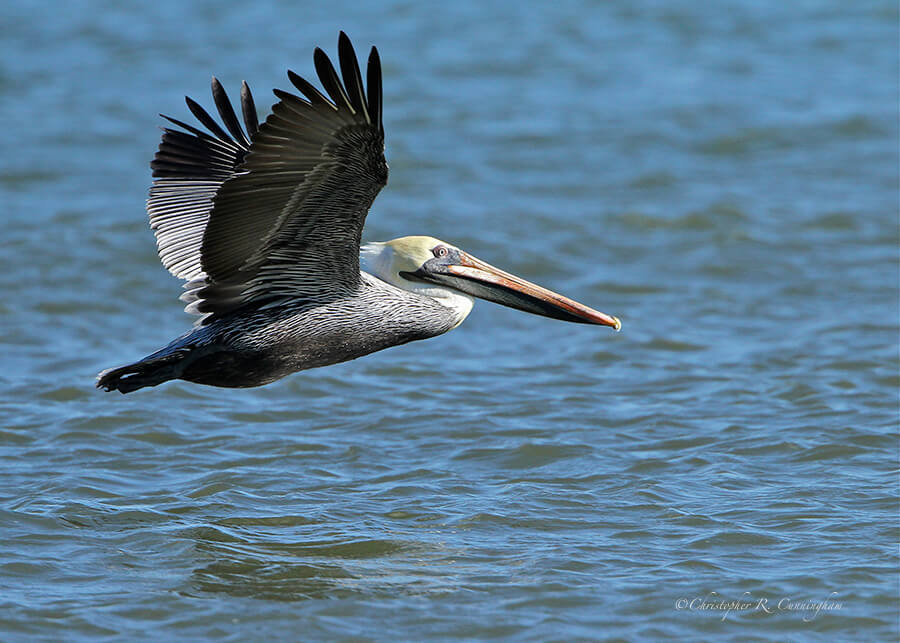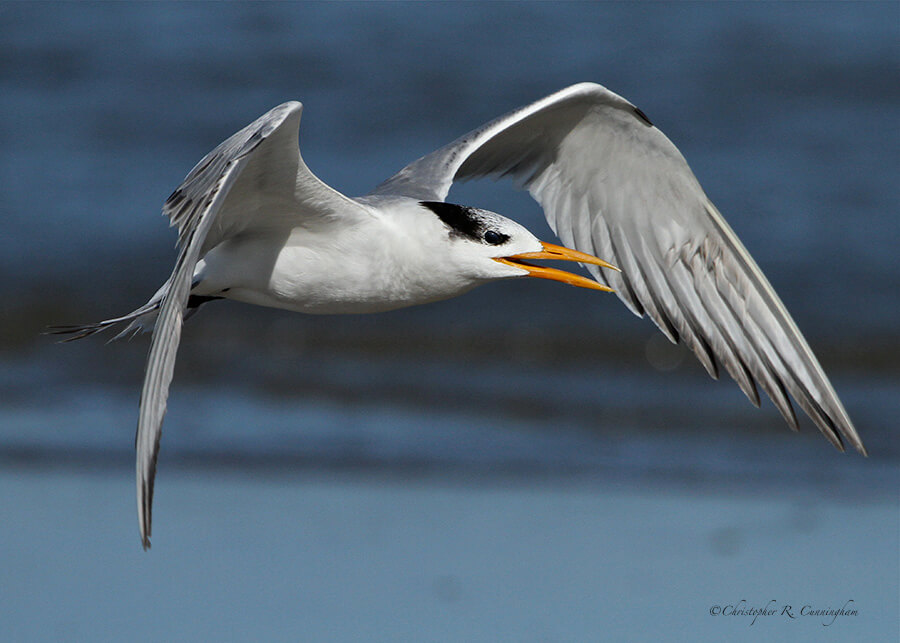I once read a criticism of bird photographers that went something like this: most of the bird photos out there are of birds sitting on branches or on the ground. Since birds spend most of their time flying, why aren’t there more photos of birds in flight? My first reaction was: here is a person who knows neither birds nor photography. The exact percentage of time many species of birds spend in the air is not known. However, with the exceptions of some pelagic birds (e.g., frigate birds), Common Swifts (famously), and some other birds during migration, many birds do not spend most of the time in the air. Hummingbirds, for example, have been estimated to spend about 75-80% of their time perched. Furthermore, getting a shot of a bird in the air is a major technical challenge–not something the average person with a point-and-shoot is going to be able to do.
Even slow-moving birds are extremely fast by human standards, and their movements can seem erratic. Lucky shots excepted, the best hope for getting birds in flight (BIF) is to find a spot where birds frequently fly past and try to anticipate their motion along a glide path. Shorebirds, for example, often congregate in large groups along the strand line–and may remain there for hours unless disturbed. Individuals will come and go for their own reasons, but the photographer at least knows the starting or ending point of the bird’s motion.

Although I am still perfecting my technique, I have noticed a few things. It seems that there are really only two techniques that work consistently for capturing a BIF, given that a birdy spot has been identified and the photographer has a good sense of how the subjects will, in general, be moving. It seems that the shooter could either track the BIF by panning as it moves in from a distance or point the camera along the anticipated flight path and start shooting when the bird enters the frame. Of course, both of these approaches have built-in technical challenges. The problem with waiting for a bird to enter the frame and then shoot is reaction time–and as I age, this problem isn’t getting better! Sometimes I get a beautiful picture of an empty sky! Panning, on the other hand, means the camera is moving relative to the ground, so vibration and deviations in smooth linear motion are major concerns.
Many sports and action photographers will simply point and swing their cameras along the direction of subject motion and fire off a burst of frames (without looking through the viewfinder) and hope for the best. But birds are too small in the frame for this approach to work, so the focus point must be on the bird, and the camera must be panning steadily and smoothly.
The last two generations of Canon lenses have image stabilization (IS) in two modes, one for panning (mode 2) and one for stationary shooting (mode 1). Mode 1 is primarily for shooting hand-held at relatively slow shutter speeds. Camera shake is often a problem when shooting at shutter speeds slower than 1/(focal length), and IS addresses this. When my 500 mm f/4 IS is on the tripod (99.9% of the time) the IS is generally switched off (exceptions include very windy days or being on a boat). I have read that most tripod photographers also generally leave IS off when the lens is on the tripod–although Canon literature says it should be left on because the IS system senses the tripod and responds accordingly. In my experience, however, the IS slows focusing and sometimes produces a slight, but annoying torque on the lens. When panning, however, I will leave the IS on. I have not noticed the slowing or torquing while panning–perhaps the whole operation of capturing a BIF is so seat-of-the pants, the IS the least of my worries!
In any case, I can’t wait to get out again and keep shooting those birds in flight–with my perennial goal of continuous improvement in knowledge and technique.

© 2012 Christopher R. Cunningham. All rights reserved. No text or images may be duplicated or distributed without permission.